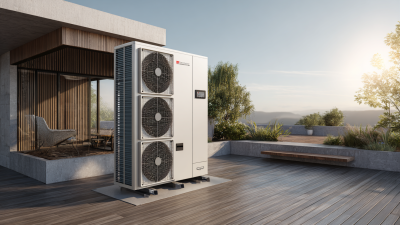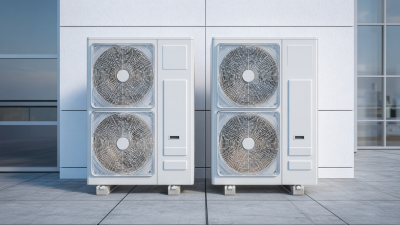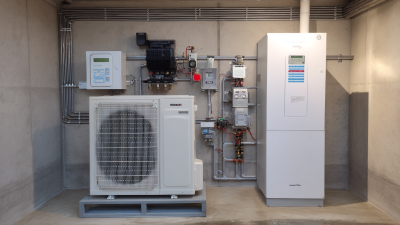Leave Your Message
As energy costs continue to rise and environmental concerns escalate, homeowners are seeking efficient solutions for heating and cooling their spaces. Heat pumps have emerged as a leading technology in enhancing energy efficiency within the residential sector. According to the U.S. Department of Energy, heat pumps can reduce energy consumption for heating by approximately 50% compared to conventional heating systems. Furthermore, the Environmental Protection Agency has recognized heat pumps as one of the most cost-effective ways to reduce greenhouse gas emissions in the residential sector. In light of these advantages, it is crucial for homeowners to understand how to effectively integrate heat pumps into their homes, maximizing their potential to deliver both comfort and significant savings. This guide will explore practical strategies to optimize heat pump performance and ensure sustainable energy use in your household.
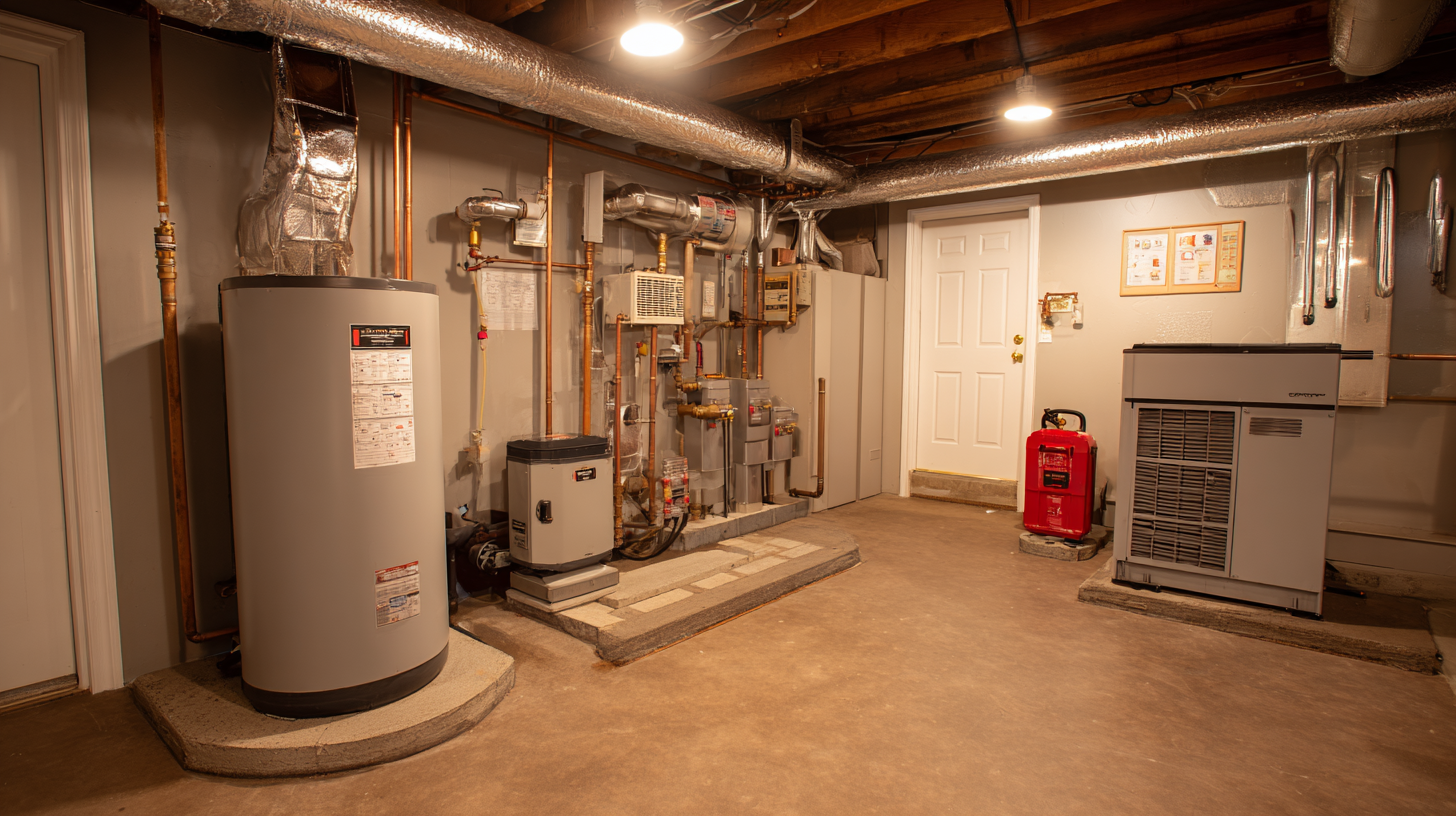
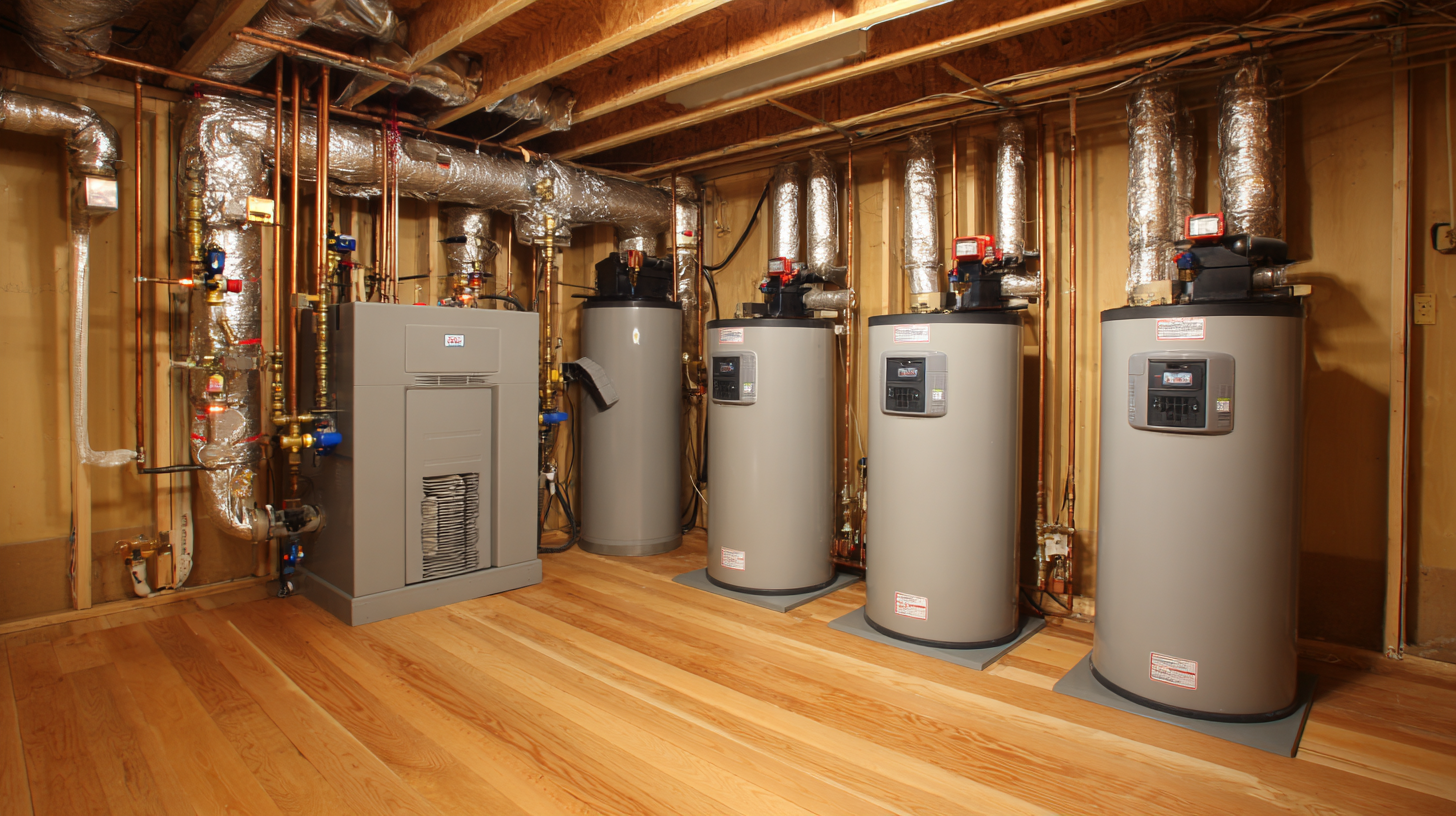 Heat pumps are versatile systems that can enhance energy efficiency in residential settings by both heating and cooling homes. At their core, heat pumps work by transferring heat instead of generating it. They absorb heat from the air or ground during winter months and release it indoors, while in the summer, they reverse this process, extracting heat from the home and transferring it outdoors. This unique mechanism allows heat pumps to provide up to three times more energy than they consume, making them an environmentally friendly alternative to traditional heating systems.
Heat pumps are versatile systems that can enhance energy efficiency in residential settings by both heating and cooling homes. At their core, heat pumps work by transferring heat instead of generating it. They absorb heat from the air or ground during winter months and release it indoors, while in the summer, they reverse this process, extracting heat from the home and transferring it outdoors. This unique mechanism allows heat pumps to provide up to three times more energy than they consume, making them an environmentally friendly alternative to traditional heating systems.
There are several types of heat pumps suitable for home use, each catering to different environmental conditions and homeowner needs. Air-source heat pumps are the most common, as they are easier to install and generally less expensive than other types. Ground-source or geothermal heat pumps, while more costly upfront, utilize the constant temperature of the earth to deliver exceptional energy efficiency and can be extremely effective in diverse climates. Additionally, hybrid heat pumps combine the capabilities of heat pumps with traditional heating sources to optimize energy savings. Understanding these options is crucial for homeowners looking to maximize energy efficiency while minimizing their carbon footprint.
Assessing your home's energy needs is the first crucial step in effectively installing a heat pump. Begin by conducting a thorough energy audit to identify your home's current heating and cooling requirements. This involves evaluating insulation levels, window efficiency, and the overall layout of your space. By pinpointing areas of energy loss, you can better determine the size and type of heat pump that will suit your home’s unique demands.
Once you have a clear understanding of your energy requirements, you can select the appropriate heat pump. Choosing a unit with the right capacity is essential—too small and it won't efficiently heat or cool your space, too large and it will cycle on and off frequently, leading to energy waste. Additionally, consider factors such as local climate, humidity levels, and your existing ductwork or the need for a ductless system. Tailoring your heat pump installation to match your home's specific energy profile will maximize efficiency and enhance comfort throughout the year.
When choosing the right heat pump model for maximum efficiency, it’s essential to consider several key factors. First and foremost, assess the size of the heat pump in relation to your home's square footage. An oversized unit will cycle on and off frequently, leading to inefficiencies and higher energy bills, while an undersized unit may struggle to maintain comfortable temperatures. A thorough load calculation performed by a professional can help you determine the appropriate size for your particular space.
In addition to size, energy efficiency ratings are crucial in selecting a heat pump. Look for units with high Seasonal Energy Efficiency Ratios (SEER) and Heating Seasonal Performance Factors (HSPF). These ratings indicate the efficiency of the pump in both heating and cooling modes. Furthermore, consider whether you want a geothermal, air-source, or mini-split model, as each type has its own unique benefits and efficiencies based on your climate and installation preferences. Investing in a heat pump with advanced technology, such as variable speed compressors, can also enhance efficiency and comfort within your home.
Heat pumps are increasingly recognized for their energy efficiency and environmental benefits, particularly in residential applications. To optimize the performance of heat pumps, regular maintenance and proper usage practices are essential. According to industry reports, maintaining a clean filter and ensuring correct airflow can improve system efficiency by up to 15%. Additionally, smart technology integration allows homeowners to monitor and adjust temperatures remotely, leading to more precise energy usage. Adopting these practices not only enhances comfort but also aligns with broader energy-saving goals.

Recent advancements in heat pump technology, such as high-temperature water source models, demonstrate significant reductions in energy consumption and carbon emissions. Projects incorporating these systems have reportedly lowered carbon intensity and operational costs effectively. Experts estimate that widespread adoption of optimized heat pump systems in the HVAC sector could lead to a 20-30% decrease in energy use by 2025. These developments not only promote cost-efficiency but also facilitate a greener transition towards sustainable living. By focusing on effective maintenance and integration of smart technologies, homeowners can harness the full potential of heat pumps, contributing to both personal savings and environmental conservation.
Integrating heat pumps into your home can significantly enhance your energy efficiency when paired with other energy-efficient systems. One effective strategy is to combine heat pumps with smart thermostats. Smart thermostats optimize your heating and cooling schedules based on your lifestyle, reducing energy waste. By programming temperature settings that align with when you are home or away, you can lower consumption and improve comfort.
Another beneficial integration is the combination of heat pumps with solar energy systems. By using solar panels to power your heat pump, you can decrease your reliance on fossil fuels and further reduce utility costs. The combination not only makes your home greener but can also provide significant savings in the long run.
Tips: Ensure proper insulation and sealing of your home before implementing these systems, as this will maximize efficiency. Additionally, consider regular maintenance of your heat pump to keep it operating at peak performance. Lastly, explore local incentives for upgrading to energy-efficient systems to offset initial investment costs.
